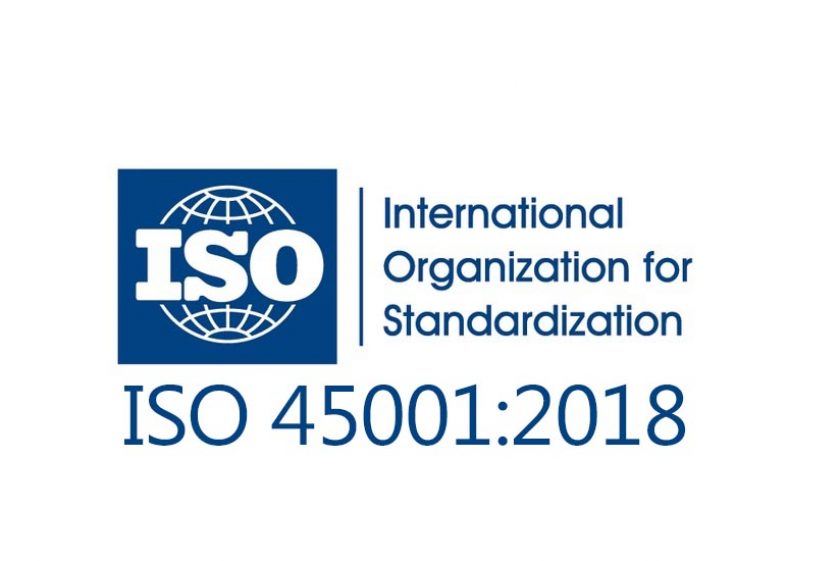The ISO 45001:2018 Standard was published near the end of last year. This International Standard is replacing the OHSAS 18001, Occupational Health and Safety (OH&S) Standard, which is a British standard that has been used by organizations for many, many years to establish a management system that keeps their workforce healthy and safe.
The ISO 45001 Standard is modeled after the ISO 9001 (Quality) and ISO 14001 (Environmental) Standards.
Some of the key changes to all of these Standards referenced previously are as follows:
- Strategic thinking (e.g., mission and vision; strategy and objectives; needs and expectations of customers, stakeholders, and interested parties; internal and external issues; etc.)
- Exemplified leadership
- The process approach verses the procedure approach
- The interrelation of processes (how they interact)
- Risk-based thinking
- Data-driven decision making
- The interrelation and integration of management systems
- The evaluation of effectiveness of the management system(s)
There exists a very significant change with the ISO 45001 Standard. This is in the area of ‘Consultation and participation of workers’ as described in Clause 5.4. Considerable emphasis is now on involvement, communication, and feedback loops with the development and ongoing management of the overall management system. This impacts nearly every area of the management system, which further emphasizes the significance of this addition.
A process (systematic process) is now required for executing these requirements to ensure they are addressed and ongoing (not just performed one time).
On a high level, the workforce (workforce representation) now needs to be involved in:
- Management system development
- Planning
- Implementation
- Performance evaluation
- Corrective actions
- Continual improvement
On a more focused level, workers (or workforce representation) need to be involved in:
- Identifying the needs and expectations of interested parties
- Establishing the OH&S Policy
- Assigning roles, responsibilities, and authorities
- Identifying and assessing risks and opportunities
- Establishing objectives and associated actions
- Investigating incidents and nonconformities
- Corrective actions and continual improvement
- Determining control mechanisms and methods
- Determining training and competency needs
- Discerning communication needs and requirements
- Determining monitoring, measurement, and analysis requirements
- Establishing the audit program
Leadership needs to provide time, resources and information to promote such involvement. They must also remove obstacles and barriers that exist to allow the workforce to be involved. Now, this doesn’t mean that every worker must be involved in every management system process. However, involvement is required in the form of representation, and must come from every level and function of the organization.
Keying into one of the significant changes, the effectiveness of the management system is addressed in several of the Clauses of all aforementioned Standards. When I hear the word ‘effectiveness’ I personally think of measurement. According to the Standards, the intended outcomes of processes need to be evaluated. Typically the outcomes are measures and targets. If you are meeting or exceeding your pre-determined targets, then the process is effective according to the organization. To expand upon this, the new Standards require on organization to analyze such measures, results and/or outcomes of processes. This is essentially data analysis for decision making, which is an addition to the old requirements of just ‘monitoring and measurement.’
In conclusion, the ultimate objective in worker consultation and participation is to get those workers closest to the work – those who actually do the work – to help develop and maintain the OH&S management system, from top to bottom. This is an extreme change with management system establishment and maintenance – one that we are just not used to. In the past many organizations would set the system up using management personnel. This new approach is an extreme departure from the past.
Can it be done? Absolutely. With strategic thinking and the development of systematic processes, an organization can build a more efficient and effective system. And, with workforce involvement, the system will be far more comprehensive, resulting in near immediate buy-in and engagement.
Click here to contact us for more information.
Follow us on LinkedIn to stay up to date on regulation changes, upcoming training and more!



Comments are closed.